The term radiant heating tends to mean something different in the commercial and industrial sector than it does in the residential. When you hear residential HVAC technicians talk about adding radiant heating to a house, they’re usually referring to heating using a boiler, a.k.a. hydronic heating. In hydronic heating, a boiler heats up water and sends it to terminal points such as radiators and baseboard heaters to raise their temperature, which then sends waves of heat into rooms. Other types of radiant heating in homes include electrical elements in the floor or walls that heat up building material and radiate heat indoors.
These methods are used in commercial buildings, but when technicians talk about using a radiant heating system for a commercial or industrial space, they usually mean radiant tube heating. The heat from these is still radiant, i.e. it doesn’t heat the air but instead sends infrared waves to heat the people and objects within that space. However, radiant heaters work much differently than hydronic systems, and they have a special use: they’re excellent at heating large, open spaces such as warehouses or spaces that are often exposed to the outside cold.

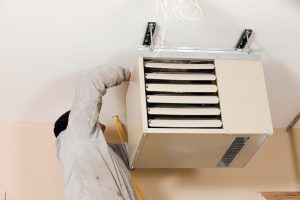
 The true “heating season” will soon be upon us, and no matter what type of business or facility you run in the Greater Toronto Area, you’ll want to make sure that its heating systems are working properly.
The true “heating season” will soon be upon us, and no matter what type of business or facility you run in the Greater Toronto Area, you’ll want to make sure that its heating systems are working properly. 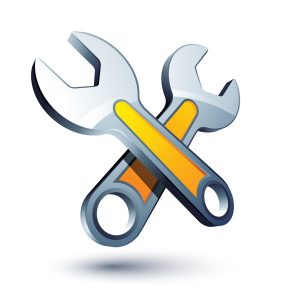 The best time to begin to think about your commercial heating needs is during the fall. Your business may rely on heating throughout the year for process or to protect equipment, or you may only require powerful heating during cold weather. Regardless of how you use your commercial heating, fall is one of the key times to schedule regular maintenance and tune-up service for your HVAC system and other heating equipment to ensure it works its best during the rigors of the coming season.
The best time to begin to think about your commercial heating needs is during the fall. Your business may rely on heating throughout the year for process or to protect equipment, or you may only require powerful heating during cold weather. Regardless of how you use your commercial heating, fall is one of the key times to schedule regular maintenance and tune-up service for your HVAC system and other heating equipment to ensure it works its best during the rigors of the coming season.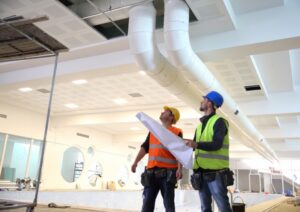 Commercial HVAC is a complex field that requires years of training and experience. Most business owners and commercial facility managers don’t have specialized knowledge of this field, and that’s the reason they rely on contractors like us for their commercial air conditioning and
Commercial HVAC is a complex field that requires years of training and experience. Most business owners and commercial facility managers don’t have specialized knowledge of this field, and that’s the reason they rely on contractors like us for their commercial air conditioning and  The way you use
The way you use  You don’t want your commercial facility to suffer from any interruptions during the harsh Toronto winters because of a heating system failure. This applies to almost any type of commercial operation, from manufacturing to retail.
You don’t want your commercial facility to suffer from any interruptions during the harsh Toronto winters because of a heating system failure. This applies to almost any type of commercial operation, from manufacturing to retail. 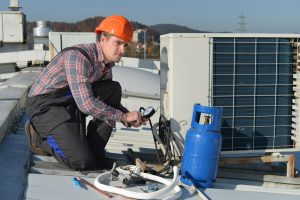 Although people connect the word “refrigerant” to devices that produce cooling, such as air conditioners and refrigeration equipment, refrigerant is often an essential part of the heating and cooling systems for commercial spaces. The standard rooftop units that most facilities use for climate control use refrigerant to both move into and out of the space. Under normal circumstances, refrigerant-based equipment will use the same charge of refrigerant through its service life—refrigerant circulates in a closed loop and does not dissipate through the heat exchange process.
Although people connect the word “refrigerant” to devices that produce cooling, such as air conditioners and refrigeration equipment, refrigerant is often an essential part of the heating and cooling systems for commercial spaces. The standard rooftop units that most facilities use for climate control use refrigerant to both move into and out of the space. Under normal circumstances, refrigerant-based equipment will use the same charge of refrigerant through its service life—refrigerant circulates in a closed loop and does not dissipate through the heat exchange process.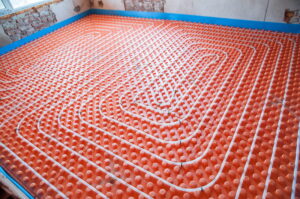 We work with all types of
We work with all types of 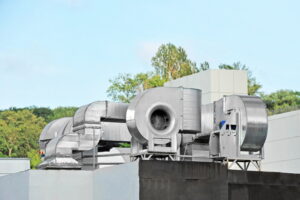 Residential homes have standard maintenance program calendars: maintenance for the air conditioner in spring and for the heater in fall. It’s not so cut-and-dried for industrial facilities where cooling and heating systems often work year-round and handle more jobs than simply providing indoor comfort for customers and employees. The heating systems in an industrial facility serve numerous functions and must operate during all seasons, making their regular maintenance essential in periods when everyone else is scheduling service for their air conditioning systems.
Residential homes have standard maintenance program calendars: maintenance for the air conditioner in spring and for the heater in fall. It’s not so cut-and-dried for industrial facilities where cooling and heating systems often work year-round and handle more jobs than simply providing indoor comfort for customers and employees. The heating systems in an industrial facility serve numerous functions and must operate during all seasons, making their regular maintenance essential in periods when everyone else is scheduling service for their air conditioning systems.